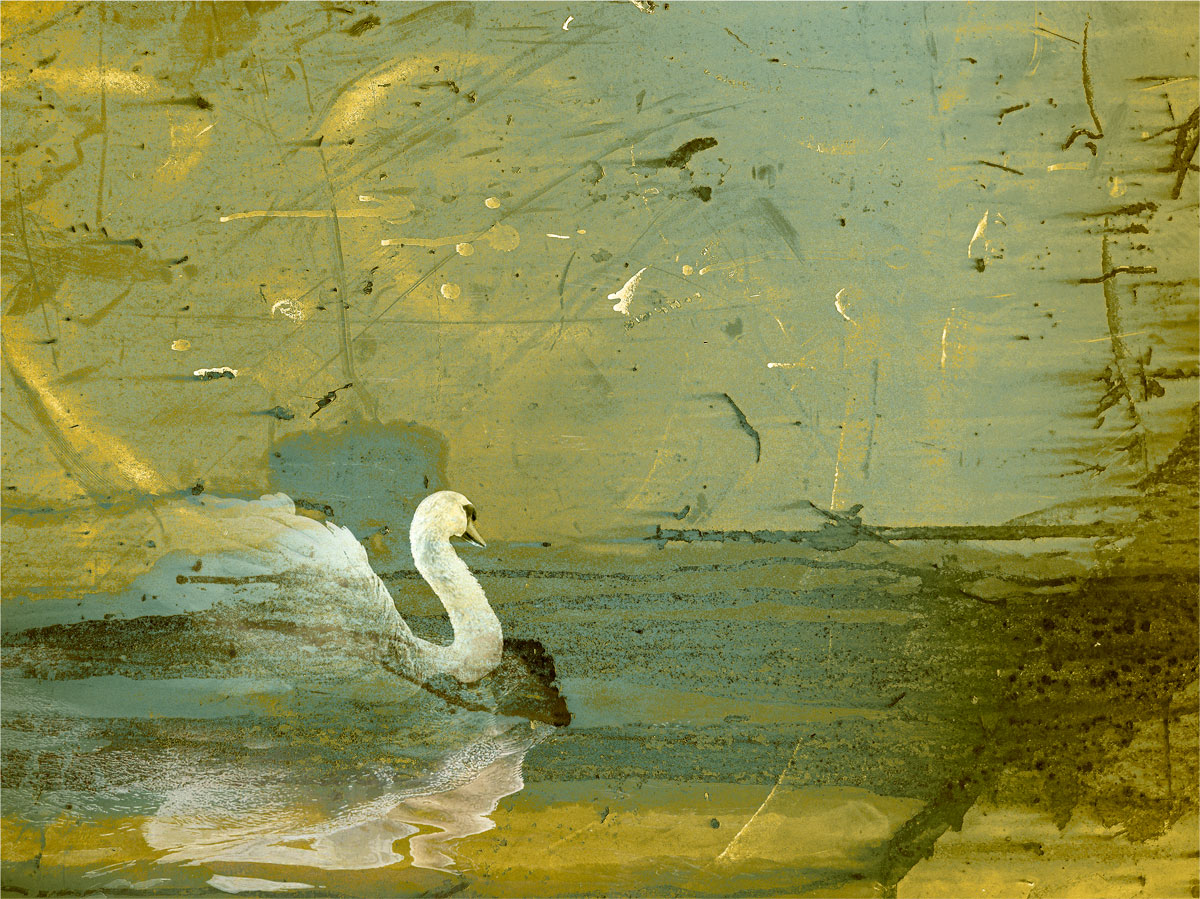In the long distance between this post and the last I have been single-mindedly focused on creating my first book: The Water Tower Project. I have always moved back and forth between word and image, and as time has passed the words have grown from notes in the margins of sketchbooks and social media into essays in their own right. The urgency of recent political events has sparked an idea that has been waiting to take shape since 2020.
As a long-time designer of letterforms, I always look first to words and symbols to wrestle meaning out of chaos. During pandemic’s first months I created a series of 20 pieces of photographic art called The Water Tower Project. The water tower emerged as a symbol that evolved into an image; the form became a container into which I could pour my sense of disequilibrium, and hope to stumble into transformation. The water tower, hand-hammered, crafted by artisans, and hoisted to the city skyline, is the German Shepherd of industrial infrastructure. Noble, resilient, stoic, a timeless architectural archetype poised on the rooftop between heaven and earth. Judge or Witness? It is also a character and a canvas on which to project collective story.
Five years post-2020, as we are confronted with a new order of global and national disruption, this series has become more relevant than ever. I have returned to the subject with three new pieces included in the book. The pages alternate between image and story, reflecting on parallel streams of politics, history, personal evolution and collective struggle as we move through unprecedented times.















